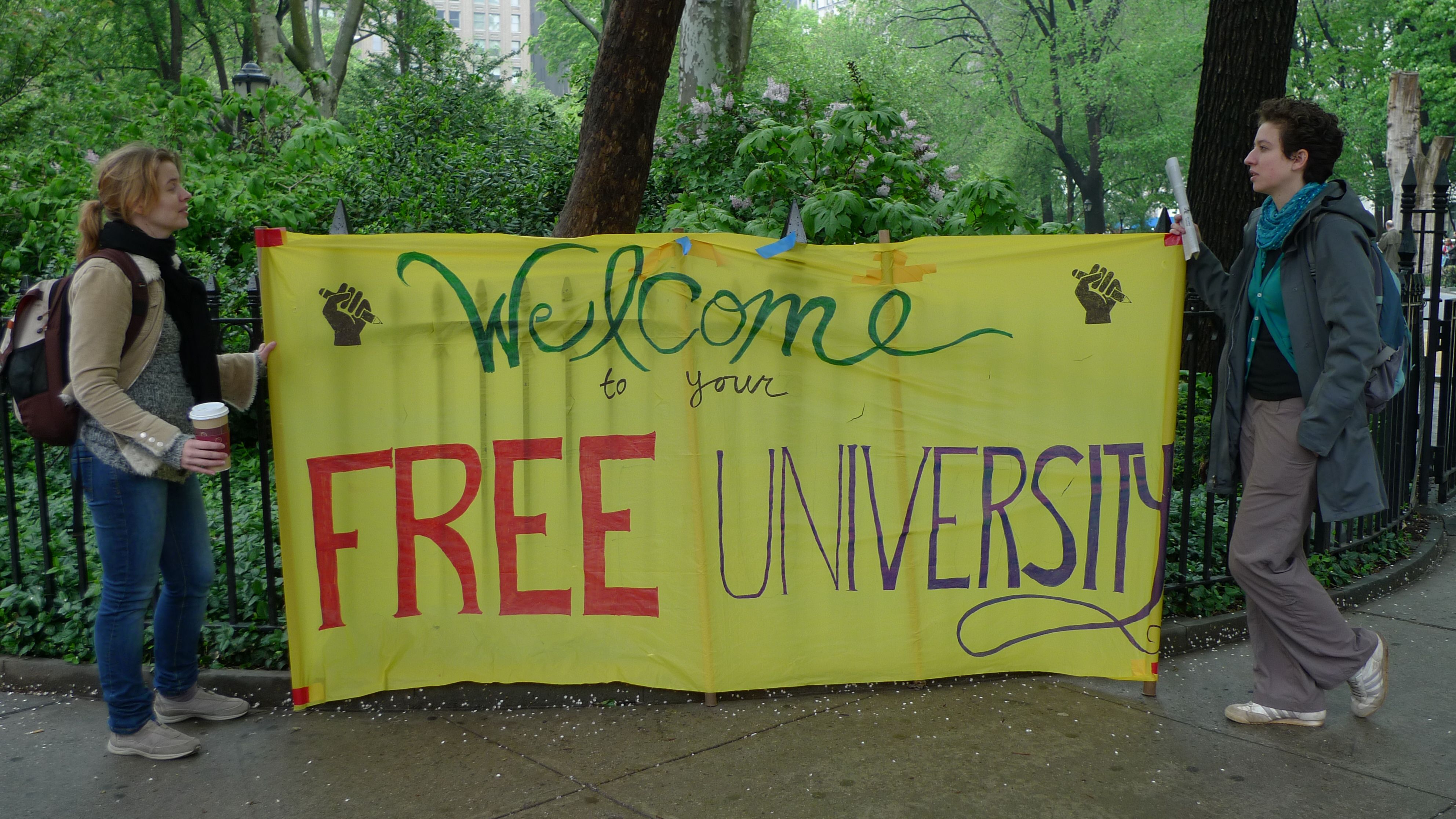
Sexual assault happens on university and college campuses. It happens a lot. More often than not, women are on the receiving end of this violence.
How does the university respond when it becomes aware of such violence? It responds with blaming and insulting survivors, with bogus advice about not drinking alcohol, and with purposely underfunding resources for survivors. One way or another, the university removes itself from the narrative and responsibility, and places the work of preventing sexual assault on individual students, often individual women.
This is institutional violence, the violence that flows from institutions like the university through the active neglect of certain groups deemed extra, or surplus. The story of institutional violence is the story of a crisis, and that crisis is a lack: a lack of institutional responsibility, a lack of proper safety measures, a lack of proper resources for survivors, and a supposed lack of a proper amount of time for the university to put together a proper response. The university actively creates these lacks, crises, and violence.
Stories of sexual assault and university neglect repeat, campus to campus. These cases of sexual assault appear to fit the model of the “crisis ordinary,” when crisis is everywhere and inescapable. The crisis ordinary gives the university the excuse to hide behind resources it fails to provide or else provides paltry, inadequate sums. The crisis ordinary of sexual assault lets us see the inherent instability in the university’s bumbling, ineffective responses to this violence. It also allows us to re-narrate the crisis, and the new narration might go something like this:
There are women who have been sexually assaulted. These women do the work of finding and utilizing resources for survivors, the work of telling and re-telling their stories, and the work of demanding accountability from the university and its administration.
The university increasingly wants diversity. But it has not provided adequate resources to survivors of sexual assault and further pressures survivors to do their own work of coordinating resources. Then, the university shows its cruelty by insulting survivors for not following “widely accepted” advice. Within the supposedly diverse community of the university, survivors and their labor are produced as victims, as extra, as surplus, as valueless, as the university backs away slowly.
The university passes off the actual work of diversity, of maintaining a safe and inclusive community, onto survivors of sexual assault—and it makes a profit! It diverts the savings from this unpaid work to projects that are in its real interests: accumulating as much capital in as little time as possible. The university is not merely the university, but the corporate university.
The corporate university appears diverse through the spectacle of branding, but this hides the violence underneath: the violence of sexual assault, the violence of workers’ rights abuses on its ever-expanding campuses, and the violence of producing women, people of color, LGBTIQ people, disabled people, and others as key members of its so-called diverse community at the same it produces them as victims. None of this is shocking—it’s business as usual, ordinary business, for the corporate university.
To abolish institutional violence, we must abolish the farce of the institution that is the corporate university. It is in organizing for abolition that we find alternatives.
(Photo Credit: Nicholas Mirzoeff)

